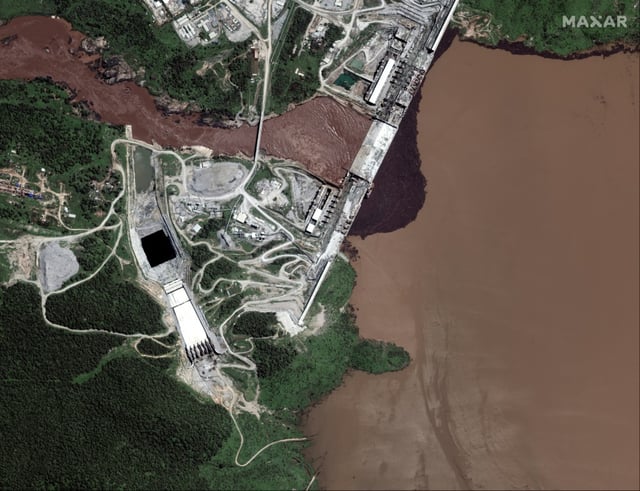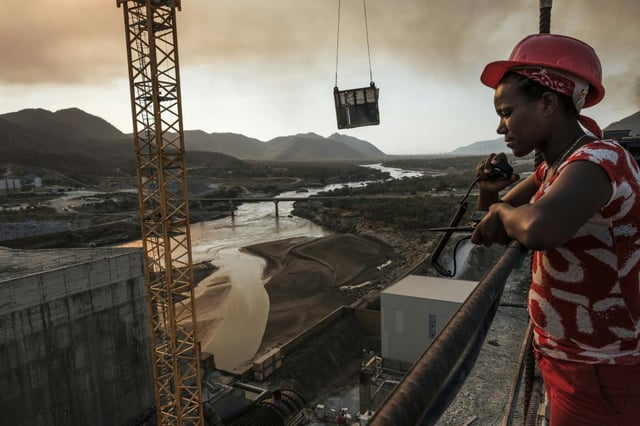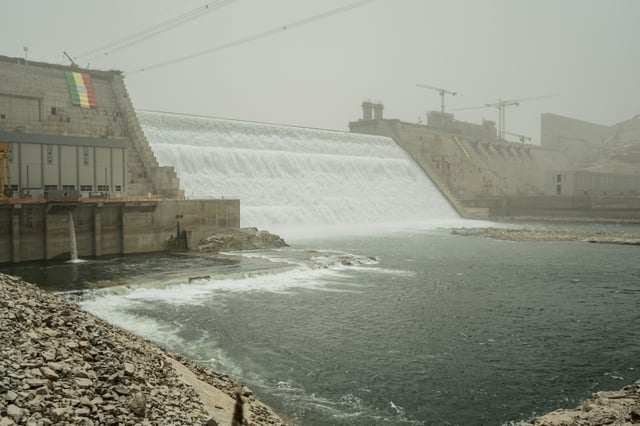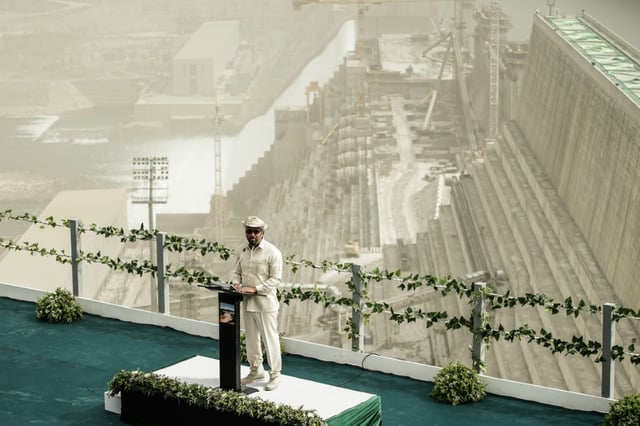Overview
- Egypt and Sudan issued a joint statement on Sept. 3 calling the Ethiopian dam a continuing threat to stability and warned of possible unilateral measures without a binding operating deal.
- Prime Minister Abiy Ahmed says the completed project guarantees steady year‑round flows, reduces flooding downstream, and will not cause harm, offering cooperation on Nile management.
- The $4 billion structure rises about 145 metres, spans nearly two kilometres on the Blue Nile, and is designed to hold roughly 74 billion cubic metres of water and generate about 5,000 megawatts.
- Ethiopia projects major economic gains including doubled power output, expanded exports via regional interconnectors, and an estimated $1 billion a year in added value in a country where about 45% of people lack electricity.
- A decade of mediation attempts by the African Union, the US, the World Bank, Russia and the UAE has not produced a binding deal, and analysts judge a direct strike unlikely but foresee intensified diplomatic rivalry.



